After receiving many “I’m sorry” and “I apologize” from the ChatGPT bot/Terminator wannabe in reply to my questions, I think this technology is probably only ready to replace politicians. It is vague and just gives out nonsense. To be fair, I asked it to do a bio of myself and a few friends or to provide information about some Southeast Texans. I get it, most of us are not famous, and the internet is where it gets its content, but I did put in a few names of authors and academics that it should have recognized but didn’t. It kept apologizing and telling me it hadn’t been updated since September 2021. Even our technology has been neutered. So, the moral of this story is that I do not need to quit my day job and that AI chatbots lie! No, ChatGPT, Susie Spindletop wasn’t the wife of Anthony Lucas! I’m beginning to hate technology more and more. To all those in college: some professors would love to bring back oral tests because of this new technology. I can only imagine the terror that writing in cursive would bring to their students.
Last week, I forgot to mention that I visited Hooks Cemetery on my journey to Hardin County. I wanted to pay my respects to Bessie and Bruce Reid. Bessie coauthored When the Storm God Rides, a textbook on Native American tribes, with Florence Stratton. She also wrote Legend of Kisselpoo, which was published in the Port Arthur News in July 1923. It was a historical fiction article based on her research on Texas’s Indian tribes and their lore. Bessie was also an avid birder and naturalist.
I’ve written about the Kishi family of Orange County and their role in SETX history. They were not the only ones to farm in this area. Yoshio Mayumi, a prominent banker and landowner in Japan, purchased 1,700 acres near Taylor’s Bayou, where he began to grow rice and raise cattle. Like Kichimatsu from Orange County, Yoshio was not initially trusted by the locals. Still, in time, they got to know him and respect him.
Yoshio eventually brought over his brother Yasuo to help manage the farm. In 1915, their father died, and Yoshio returned to Japan. Yasuo took over the farm and did well for a while, but mismanagement, dwindling crops, and a rice market crash after World War I made its future bleak. Finally, in 1924, Yasuo sold the farm to the Burrells and left for Japan. Unlike the Kishis, none of the Mayumi clan stayed behind—none of the living, that is.
If you walk among the rows of section X at Magnolia Cemetery in Beaumont, you may come upon a small cement slab with a headstone that reads Mayumi. In December 1917, Toshiko, Yasuo’s wife, bore her and Yasuo’s first child; unfortunately, the baby was born premature and lived only for one day. In a Beaumont Enterprise article, Gwendolyn Wingate wrote the following:
“One evening in early December Mayumi rode horseback up to the Bailey Wingate home. For days it had been raining a cold drizzle, and the roads were under water. Apologizing for what he said was an intrusion, Mayumi explained that his first child, a son, had been born, but after only one day of life, the baby was dead. Mayumi needed help.
Wingate’s sturdy widowed mother, Artemise, who had borne nine children and had seen three buried, bundled up against the cold and rode back to the Mayumi place with the men. She found Mayumi’s wife with the dead child in her arms rocking back and forth in mute grief. She tried to comfort the woman who spoke no English and helped prepare the baby for burial.”
The Mayumi child was buried at Magnolia Cemetery, and Toshiko moved back to Japan, while Yasuo stayed behind. I’ll leave a link to the full article at the bottom of this blog.
Speaking of Magnolia Cemetery, October will soon be here, which means that the Historic Magnolia Cemetery Tour will take place again on Museum Madness weekend. The dates are Thursday, October 19, from 4:30 p.m. to 6:30 p.m., and Saturday, October 21, from 10:00 a.m. to 2:00 p.m. We’ll have more information soon!
Until next week!
Southeast Texas Rice Beckoned Japanese:
https://hirasaki.net/Family_Stories/Mayumi/Mayumi.htm
History of the Kishi Colony:
http://hirasaki.net/Family_Stories/Kishi_Colony/Kishi.htm
History of the Mayumi Colony:
http://hirasaki.net/Family_Stories/Mayumi/Mayumi_History.htm
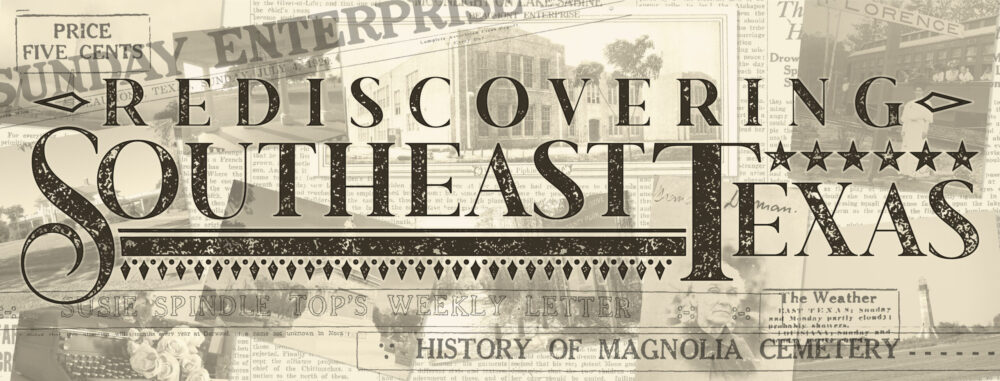
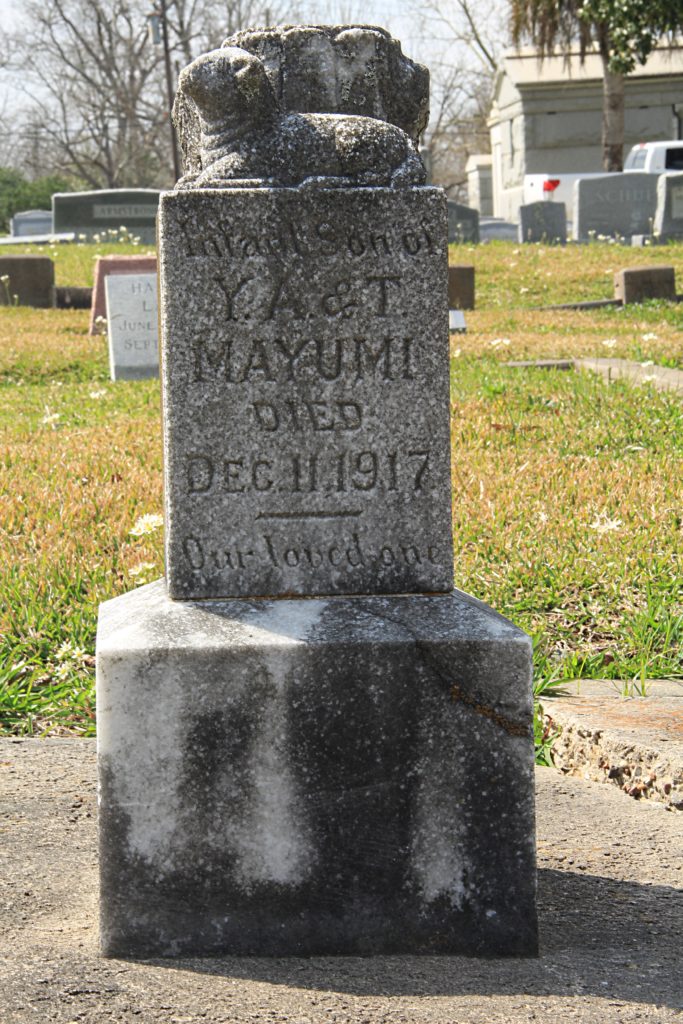
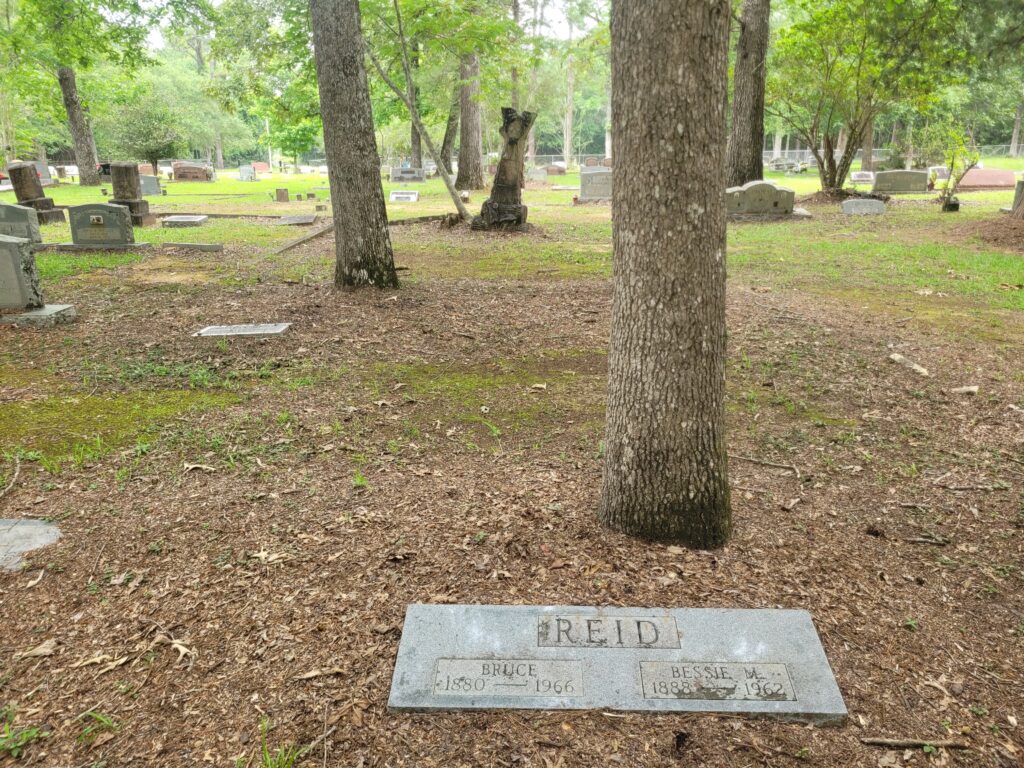
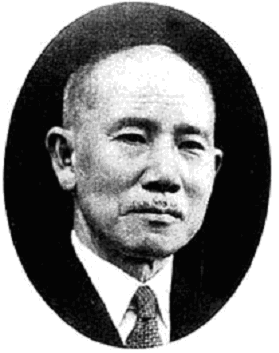
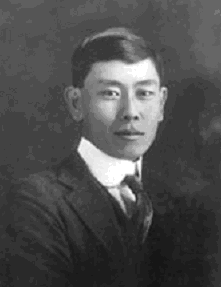
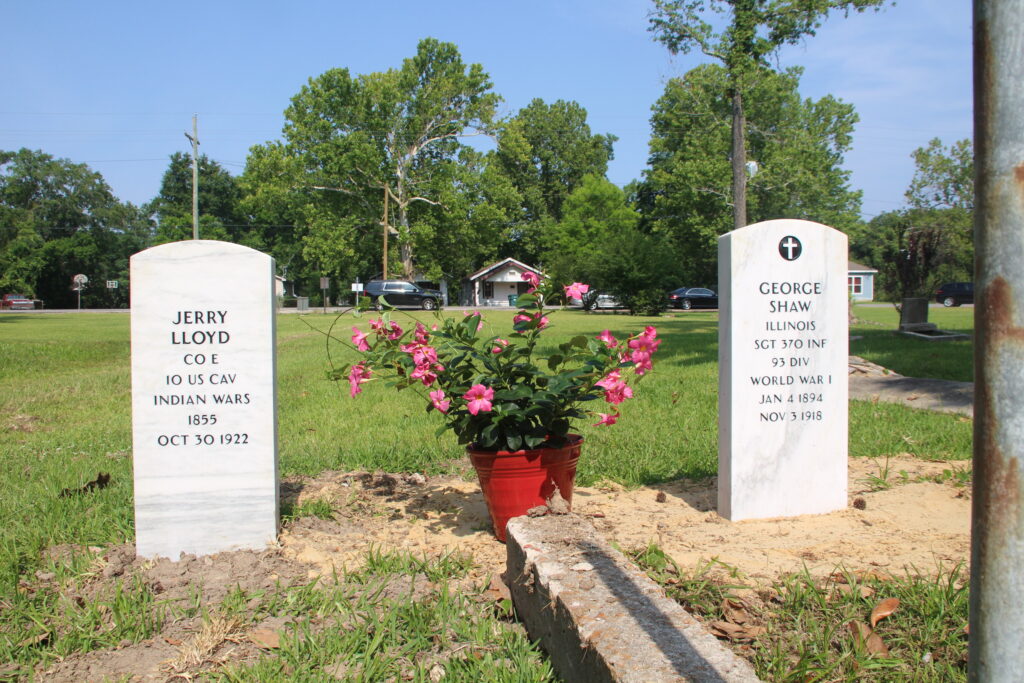
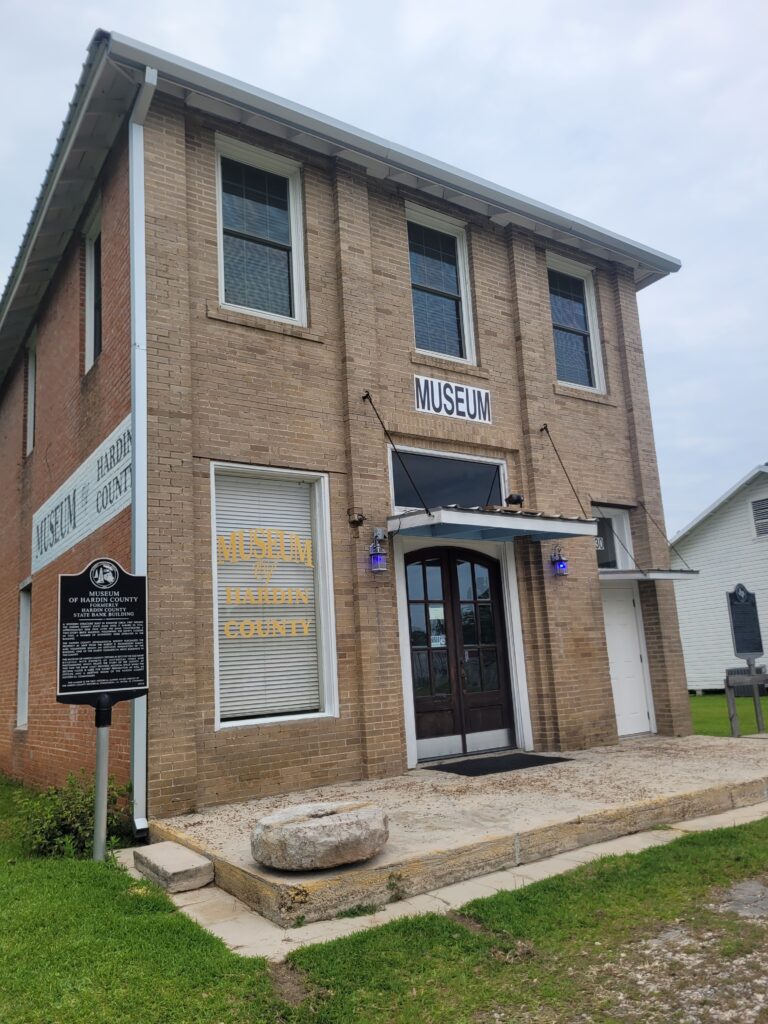
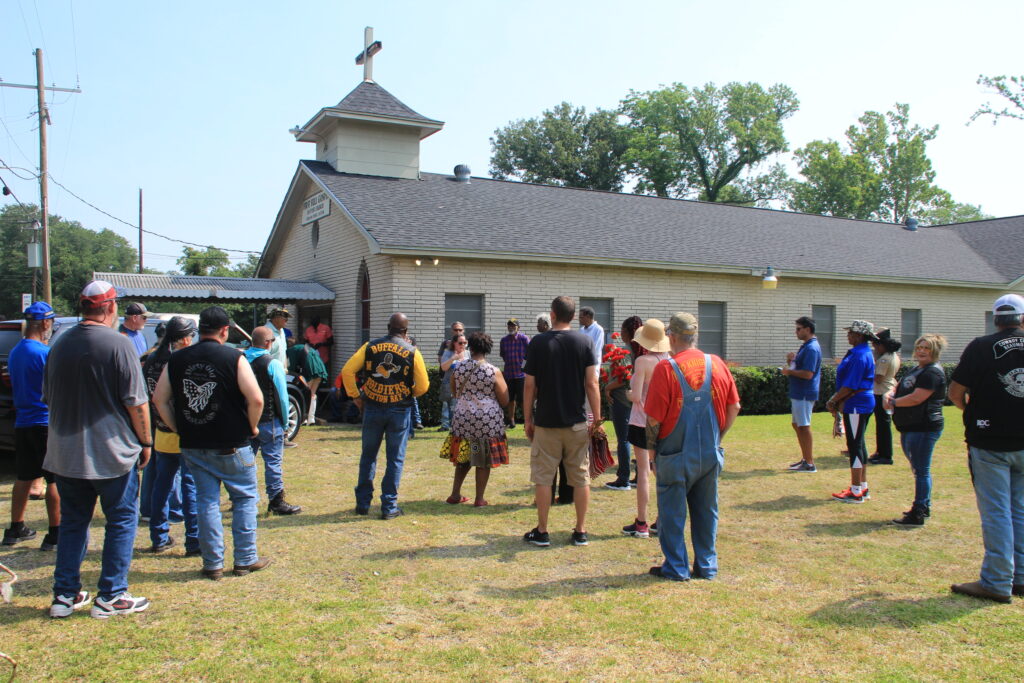
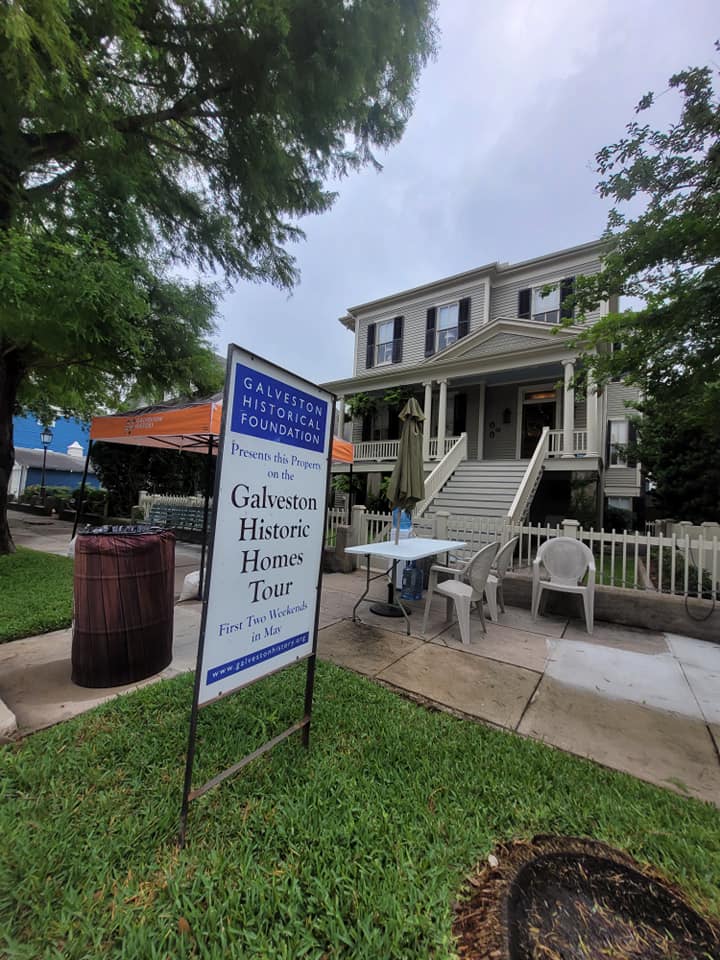
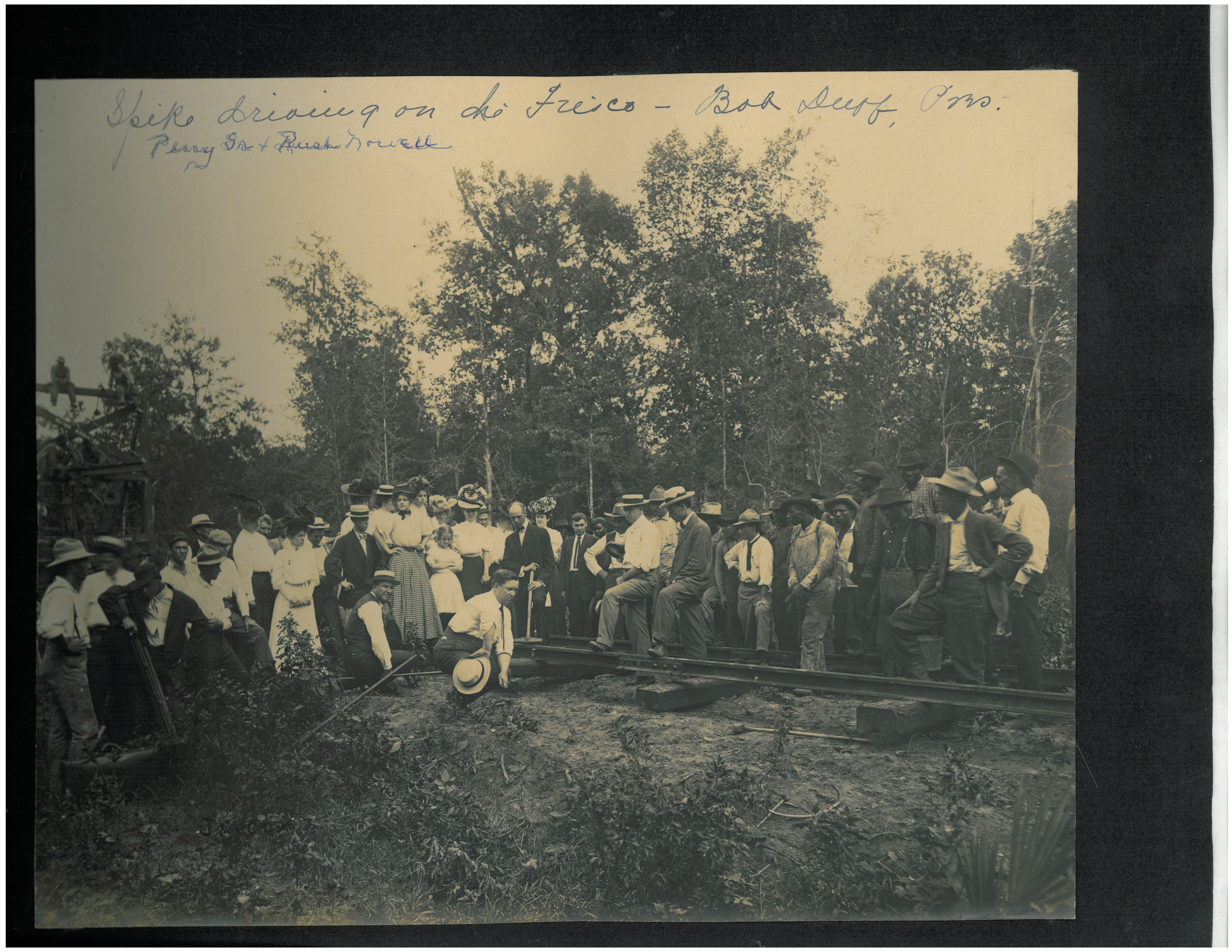
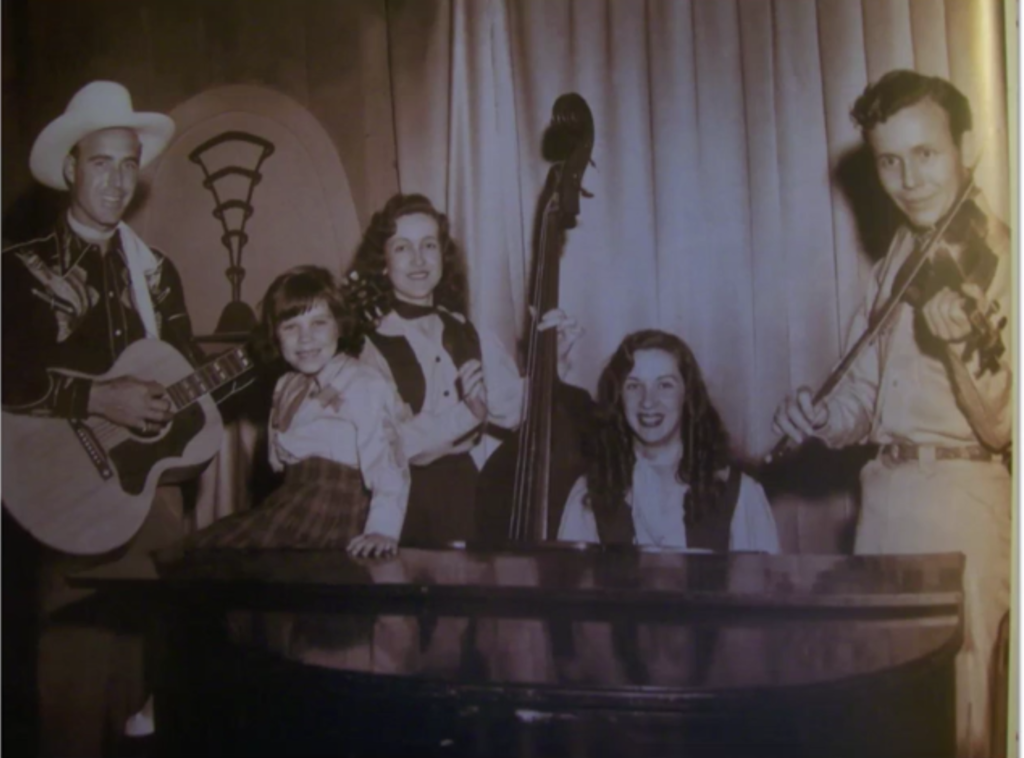
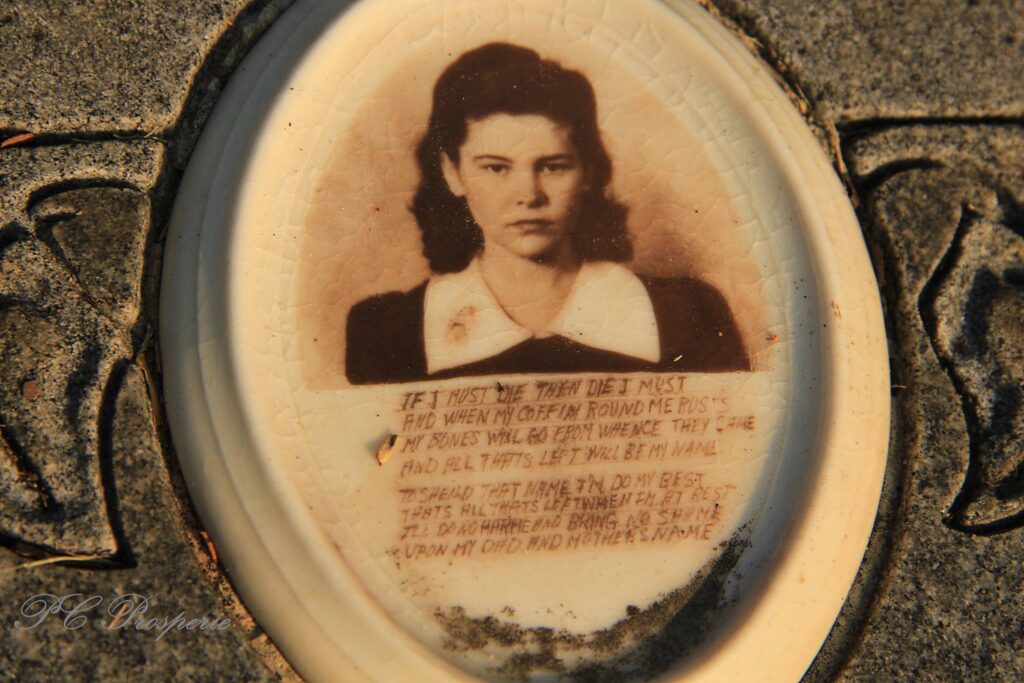
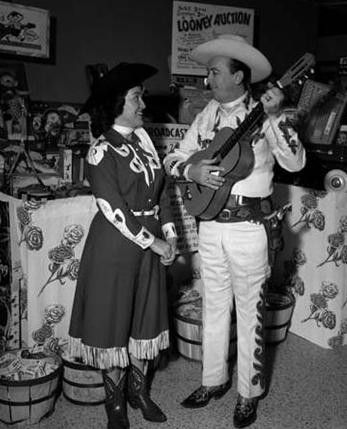
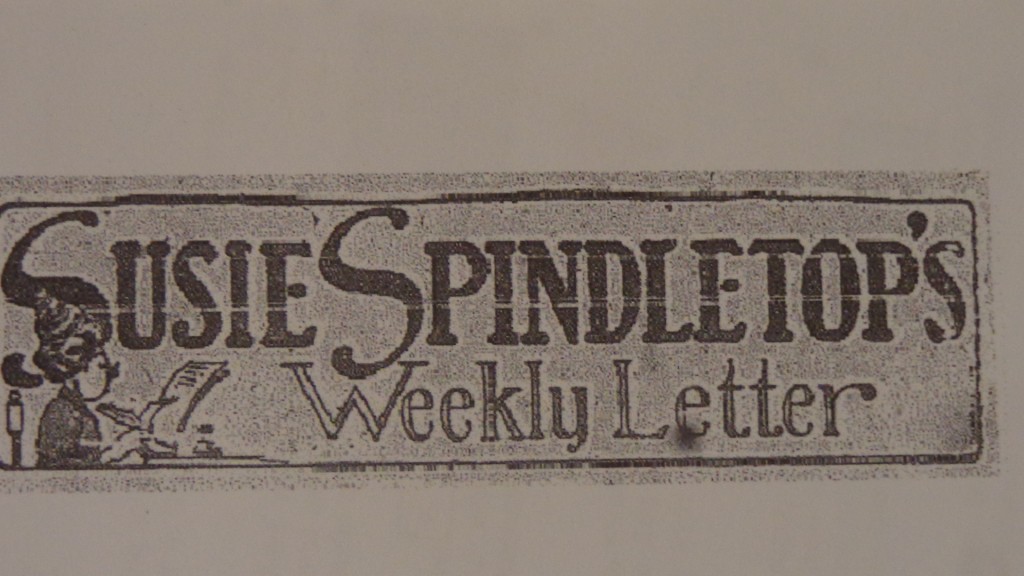

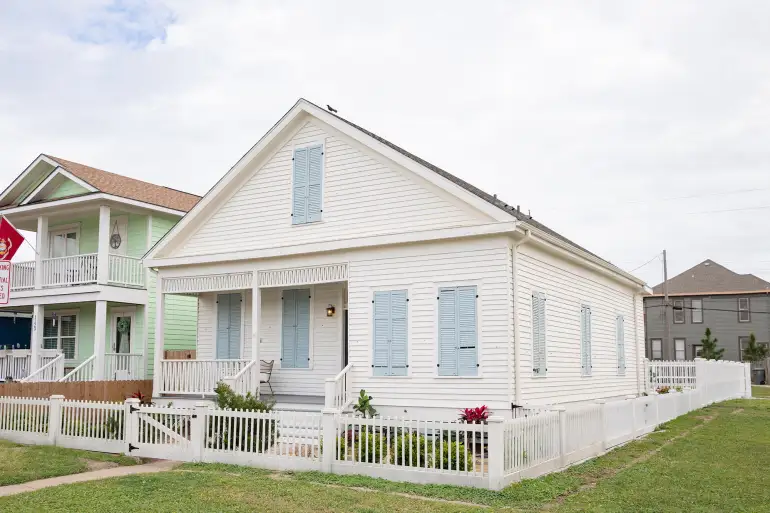


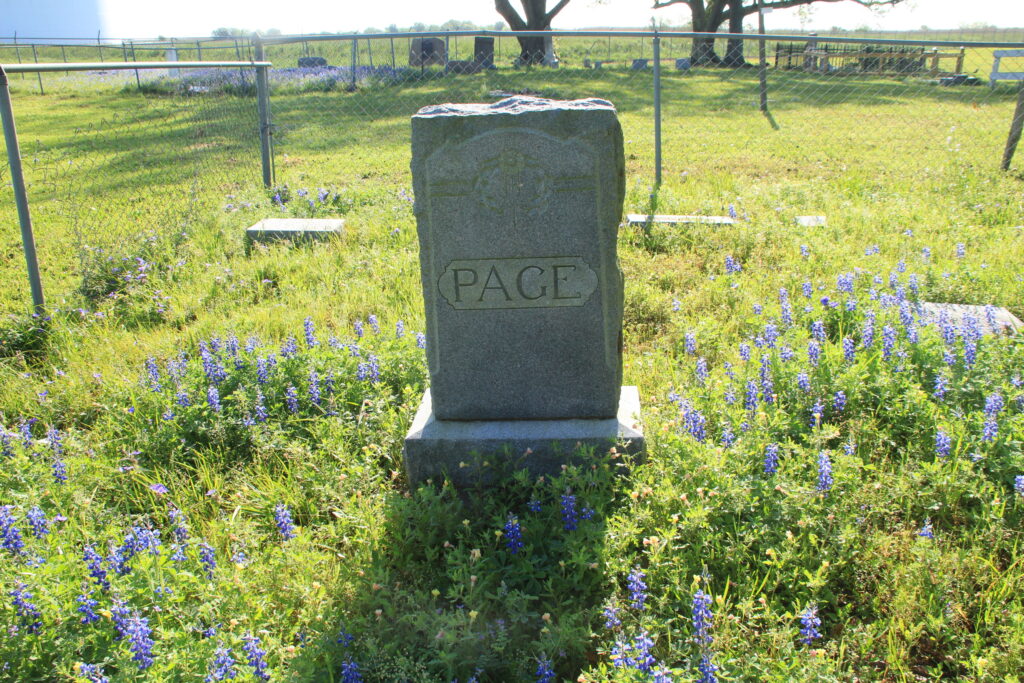
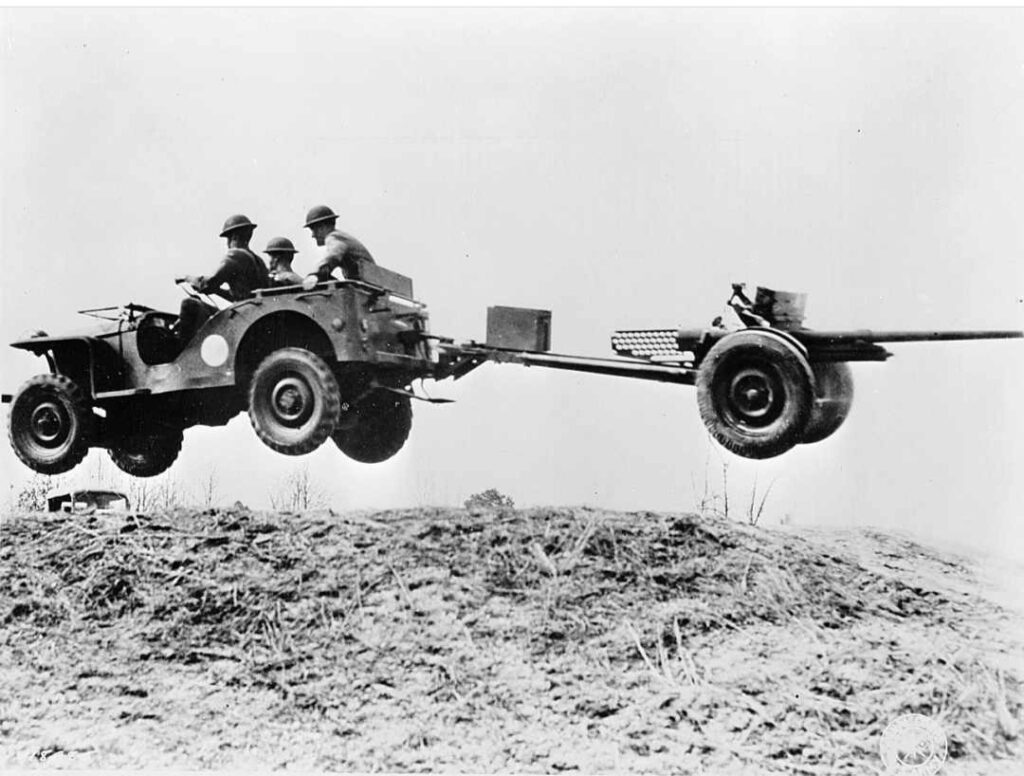



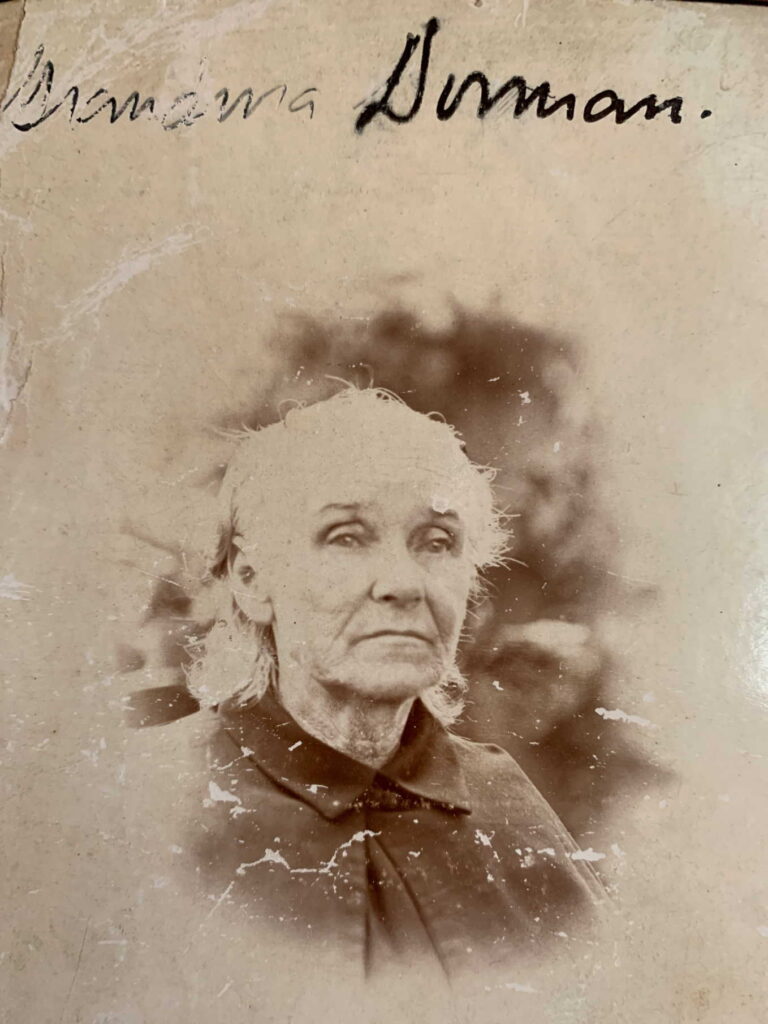
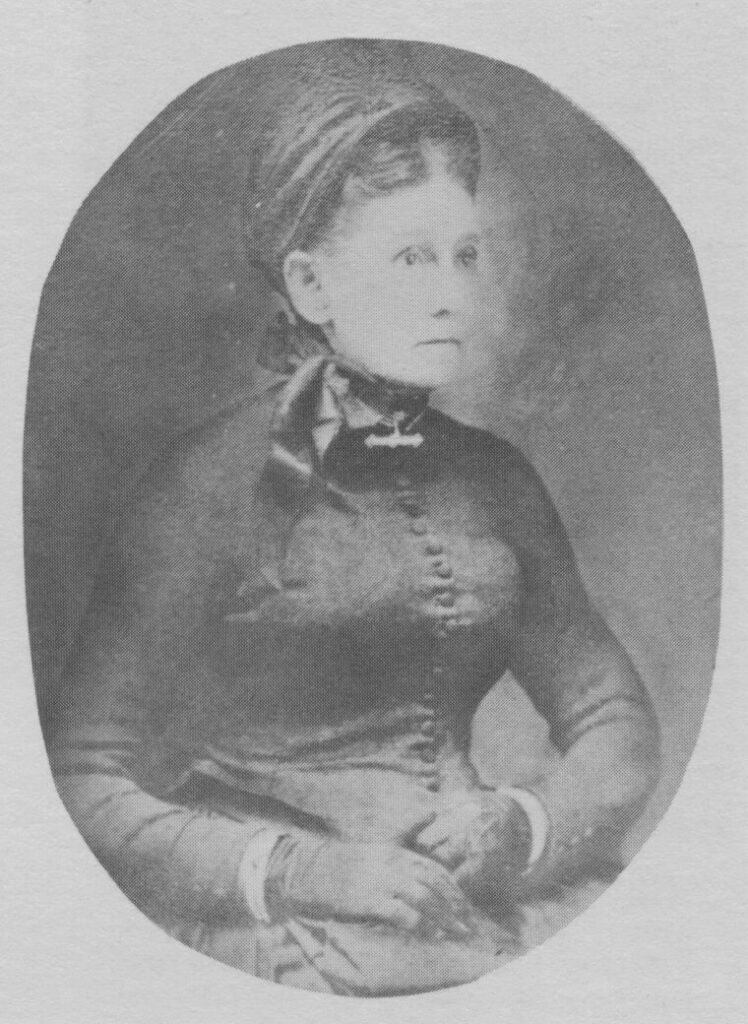
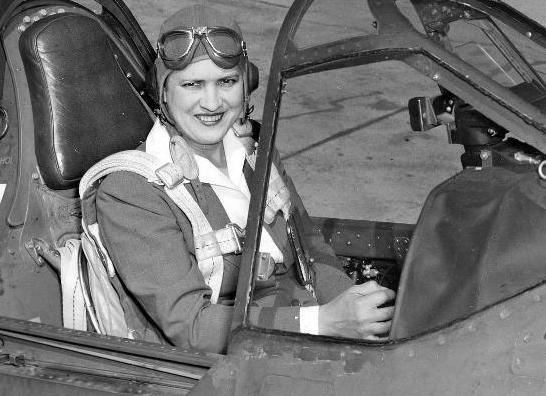
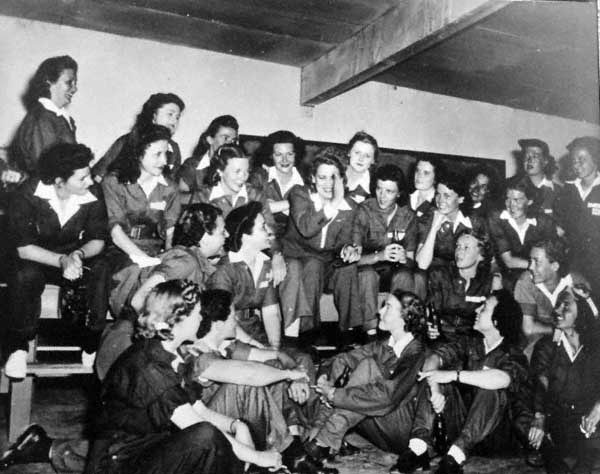
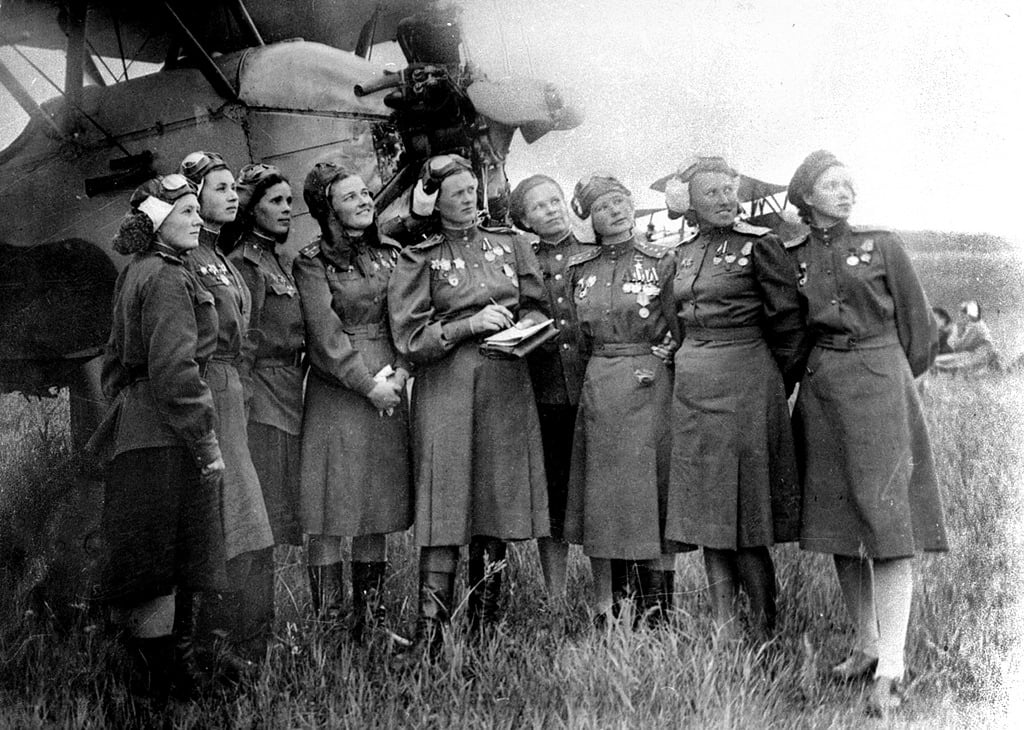
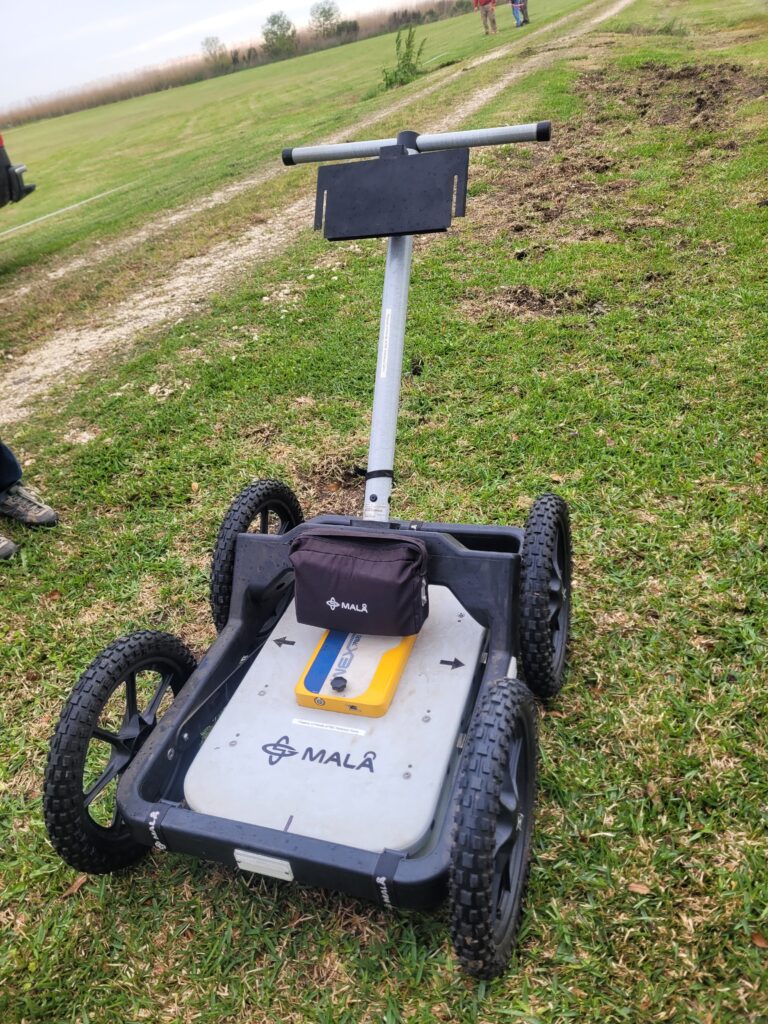

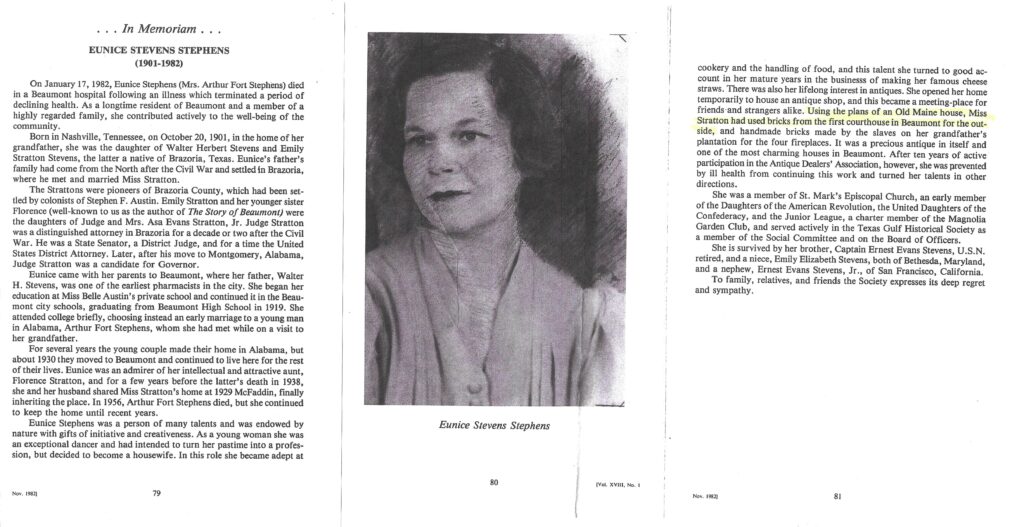
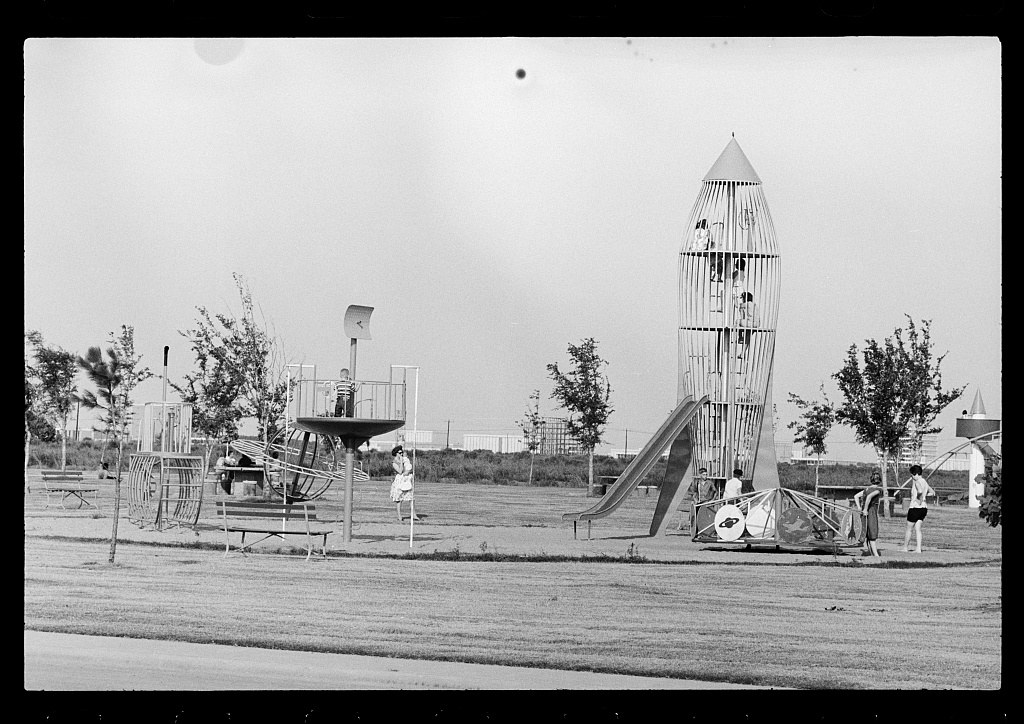
You must be logged in to post a comment.